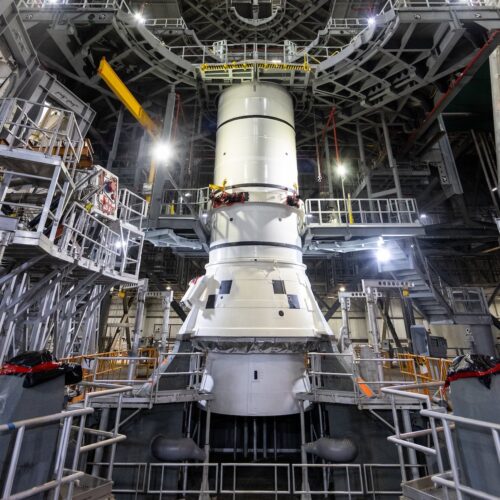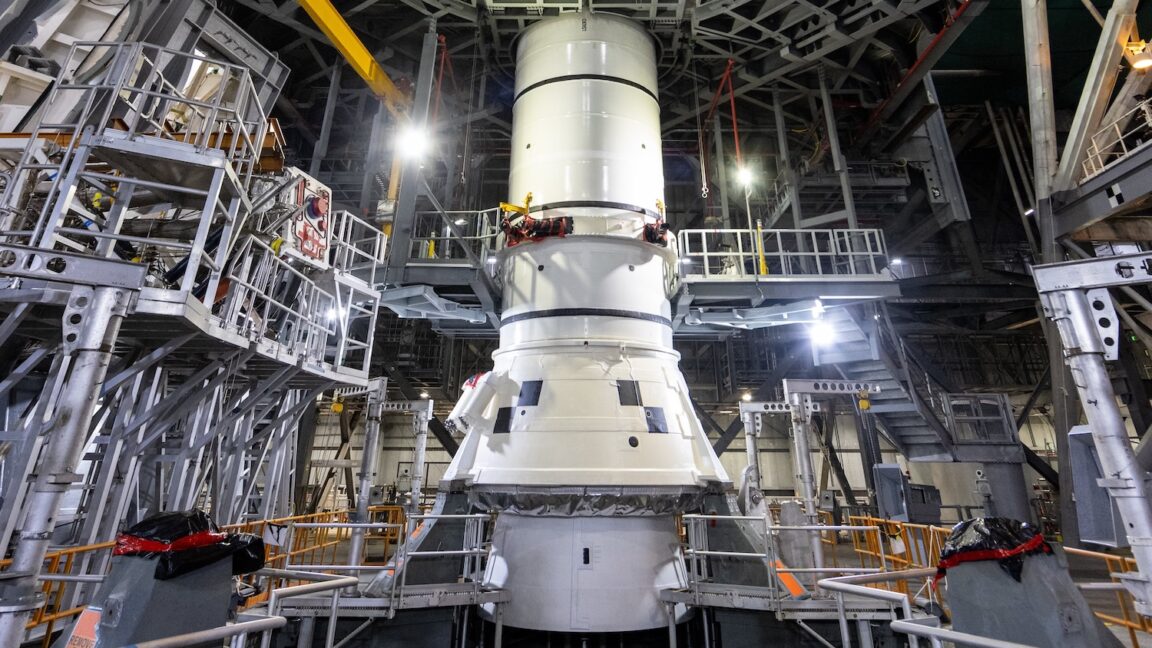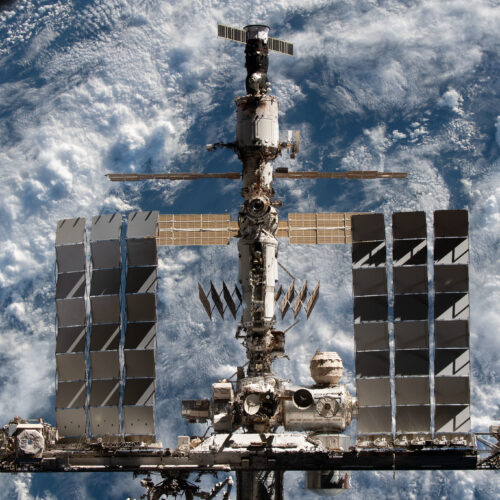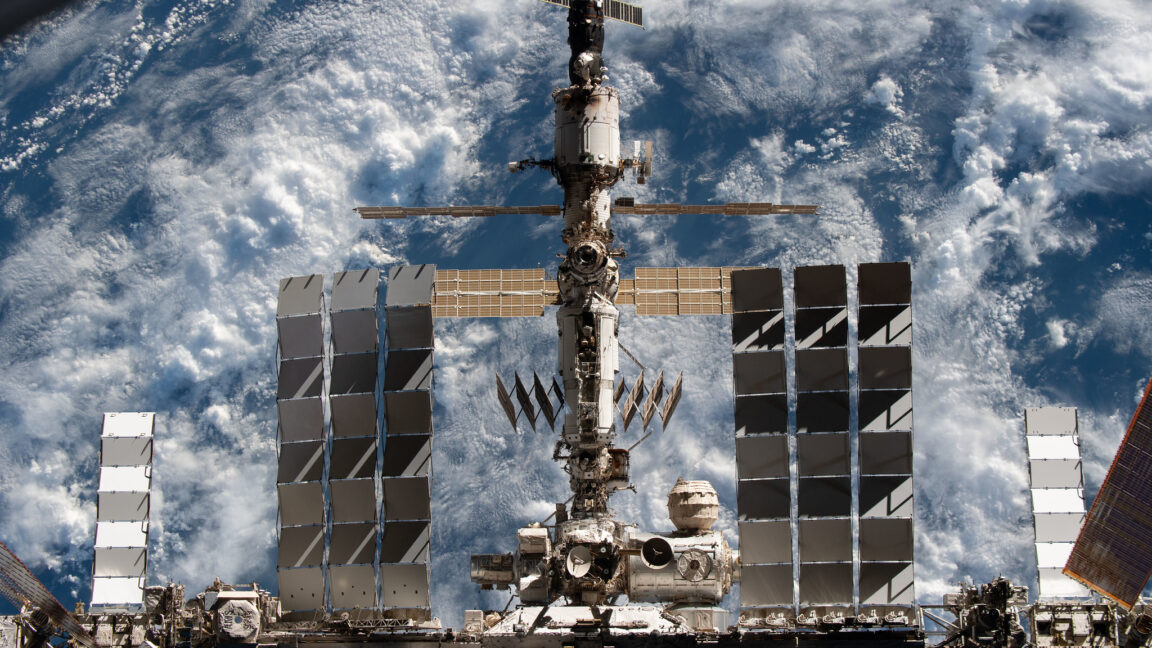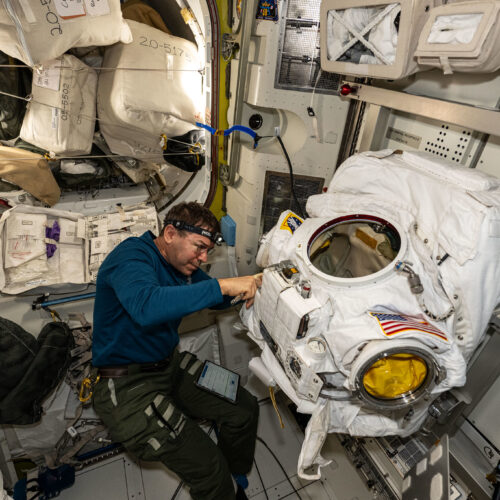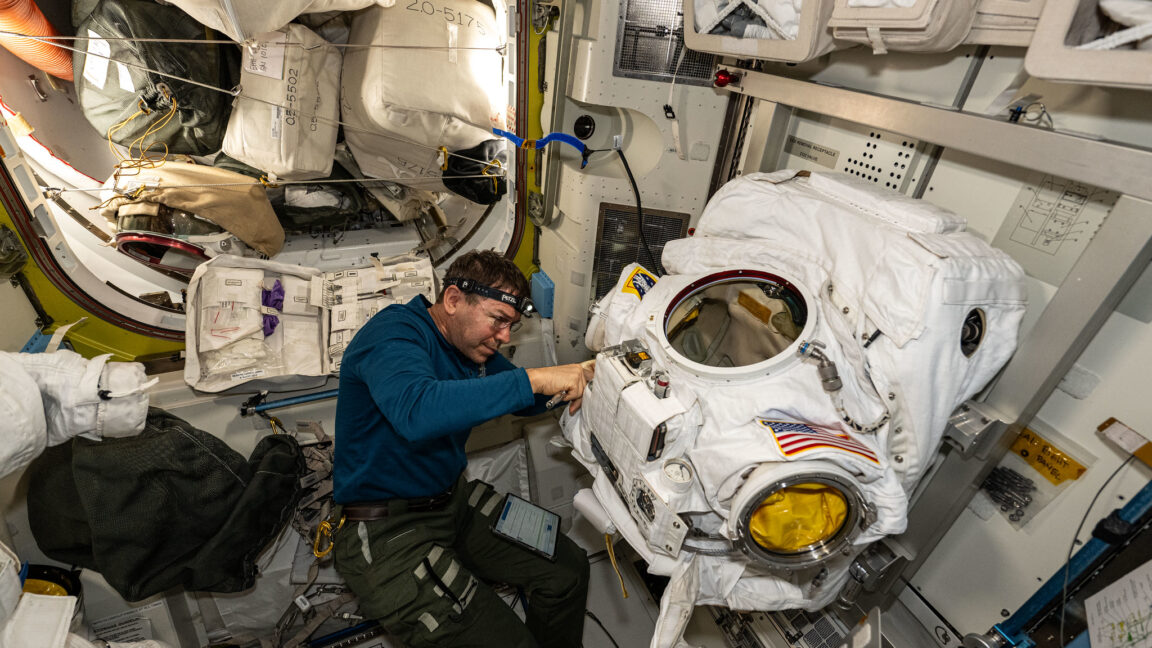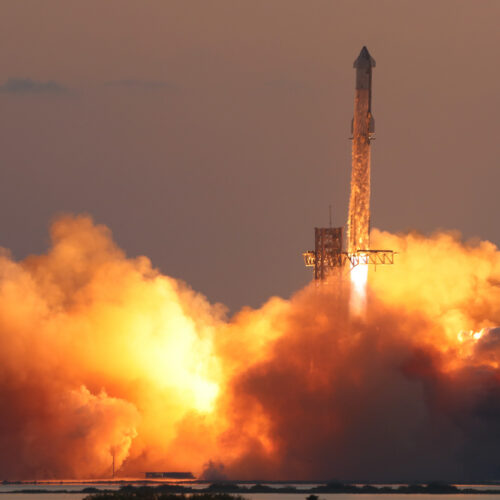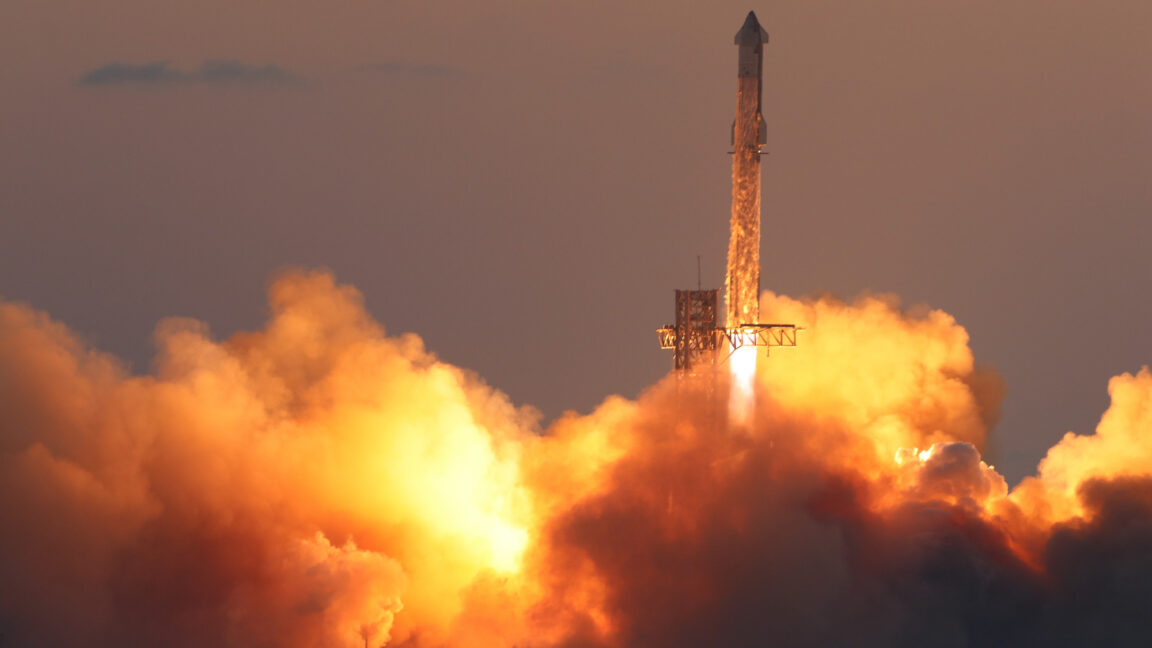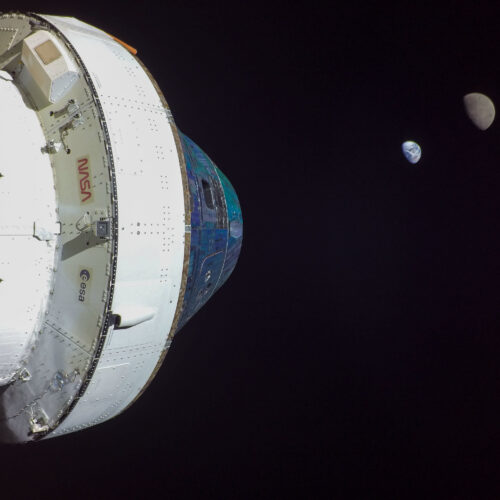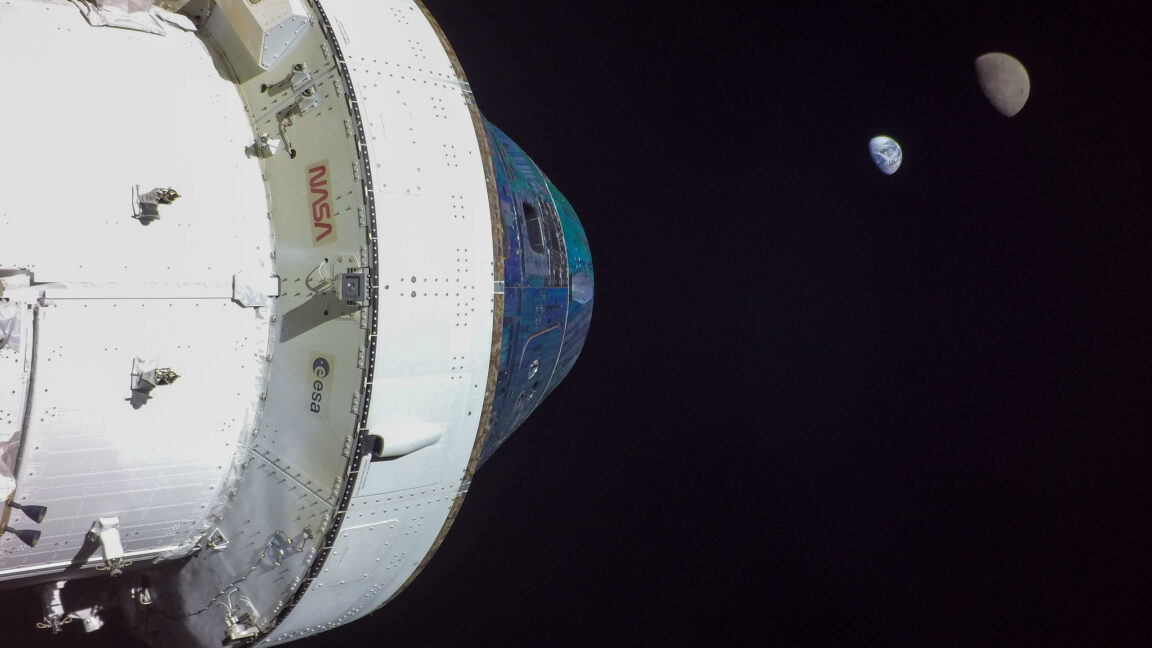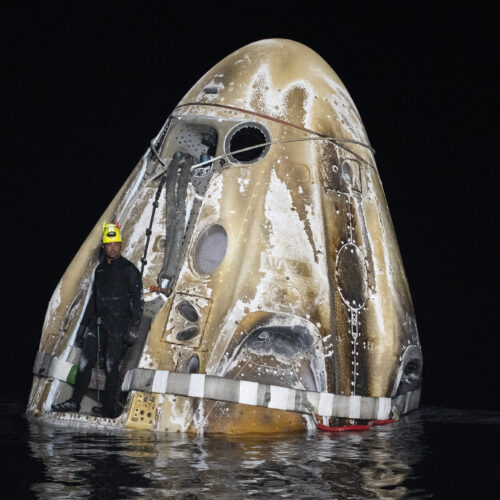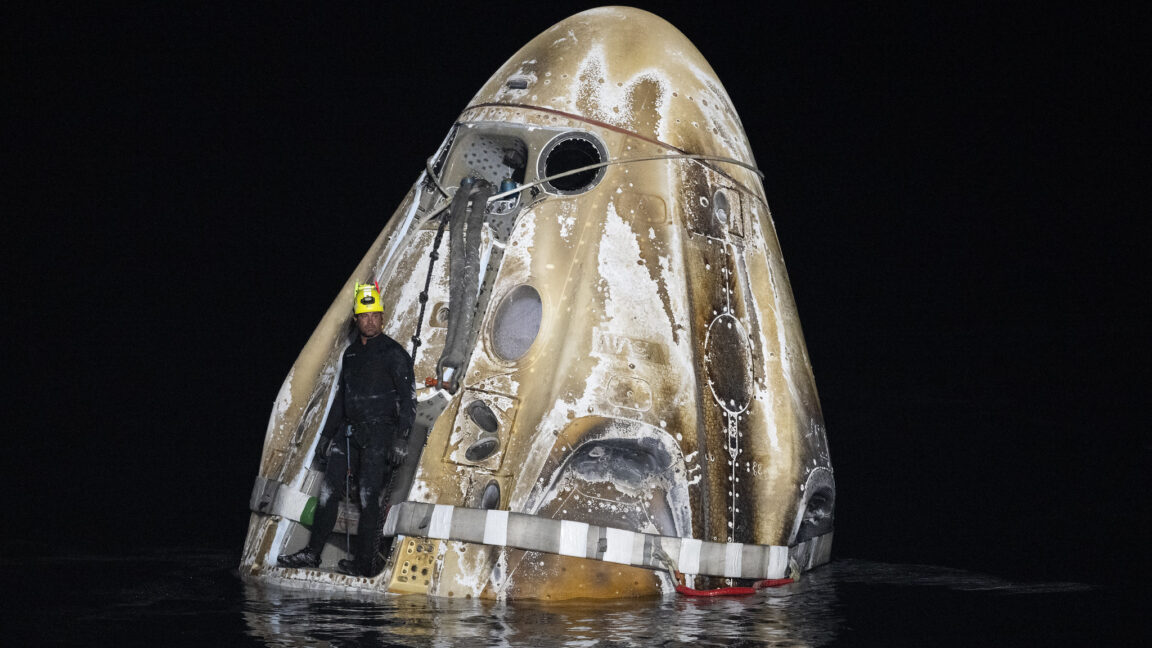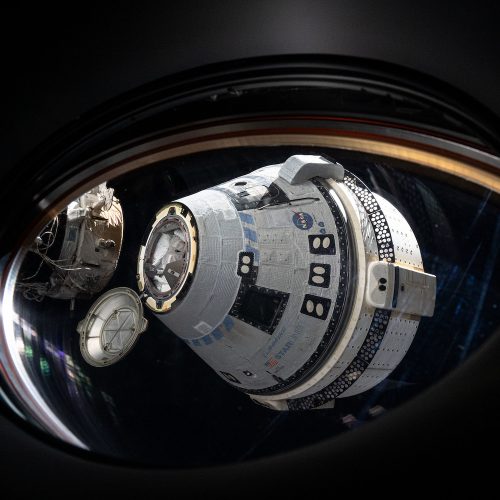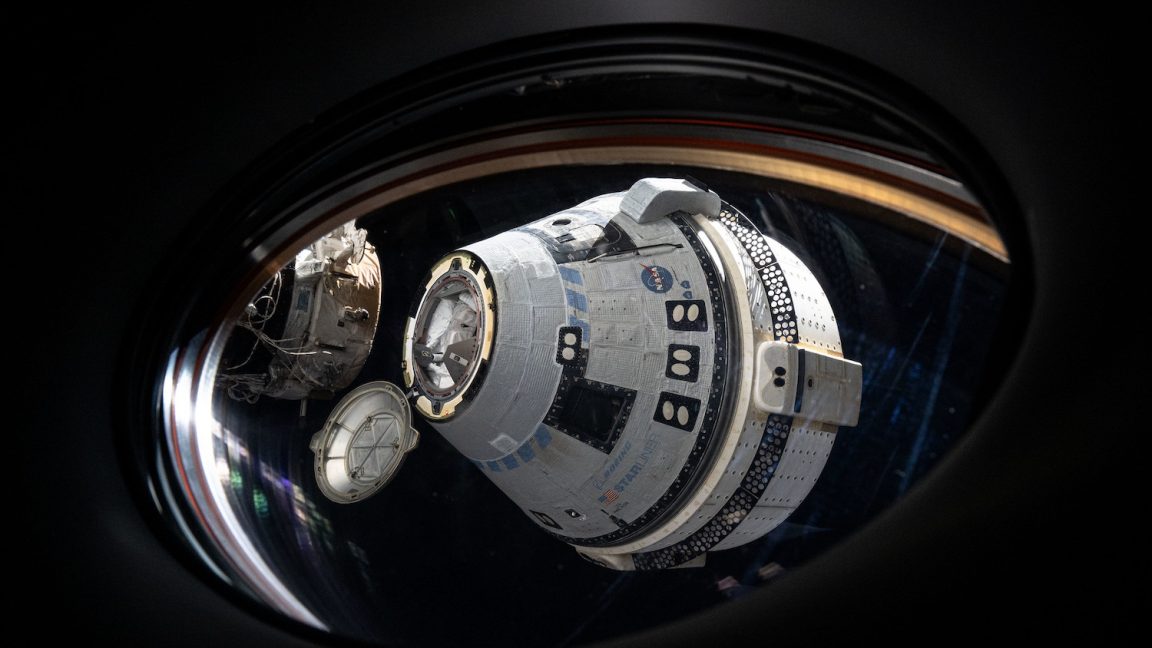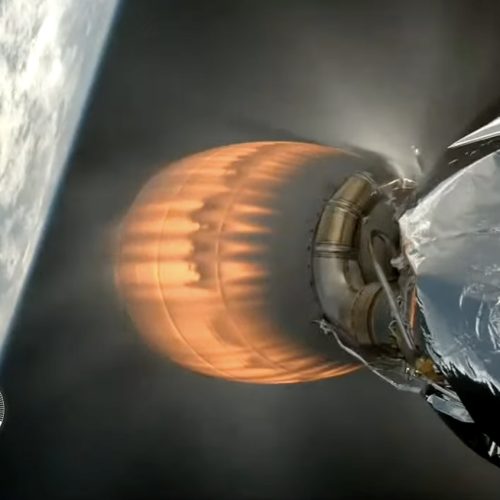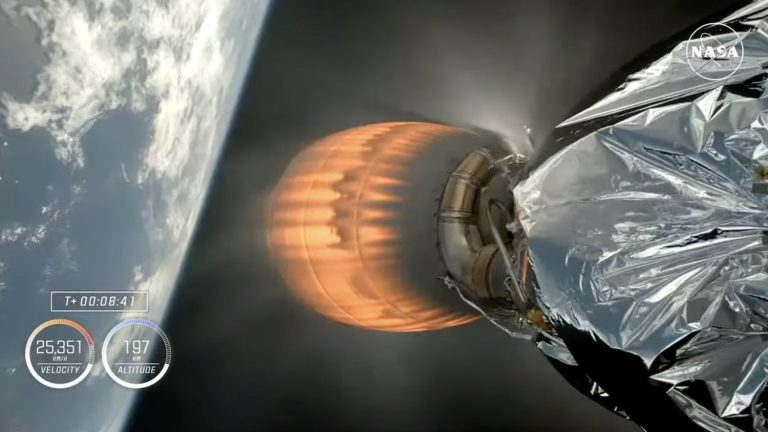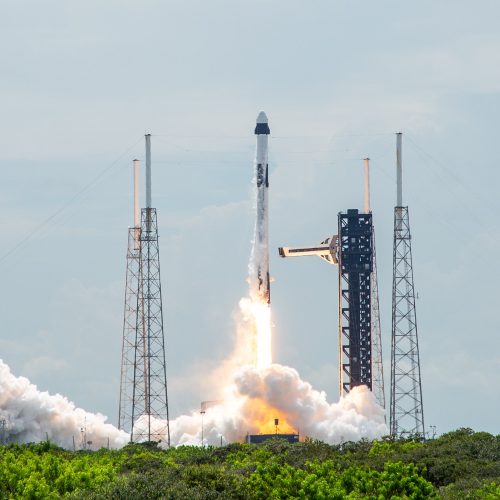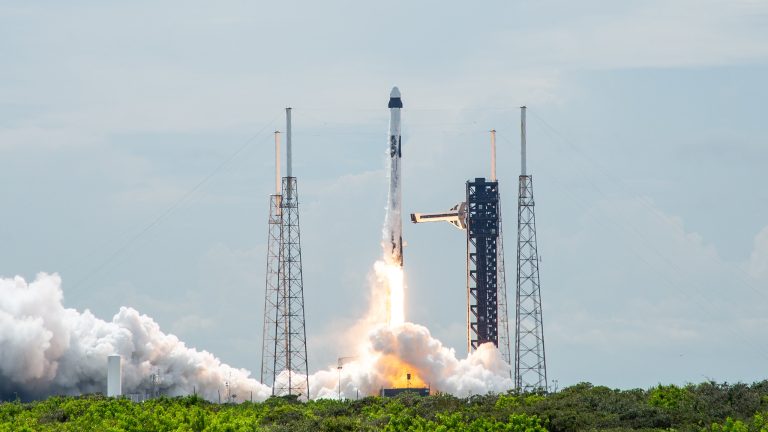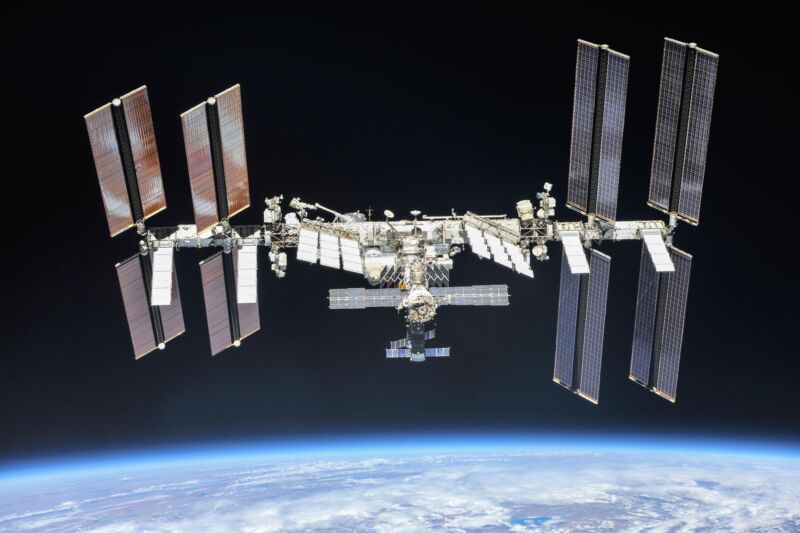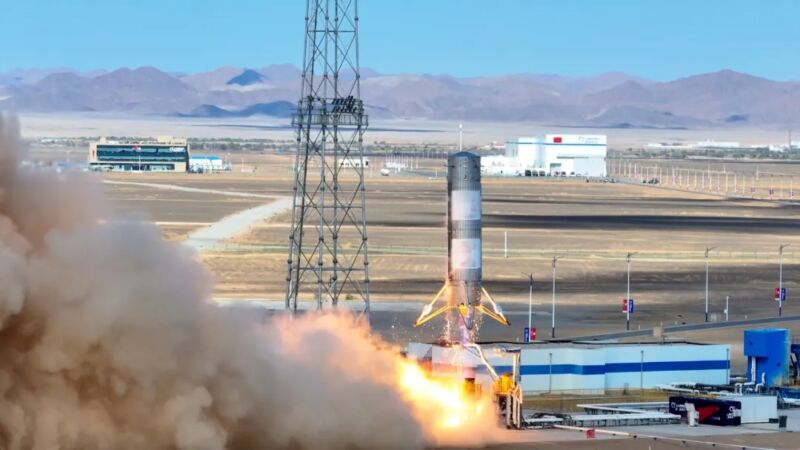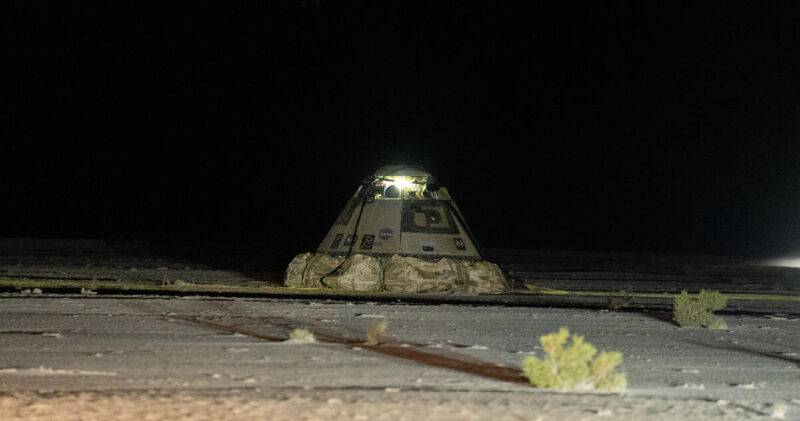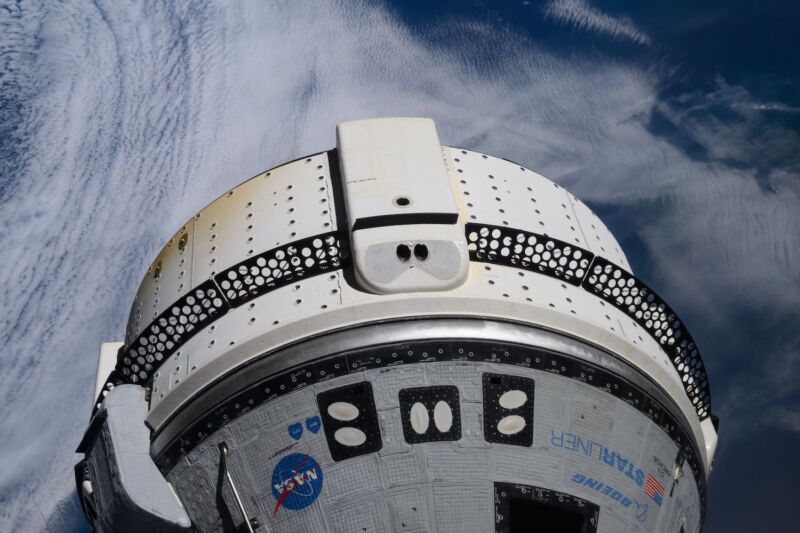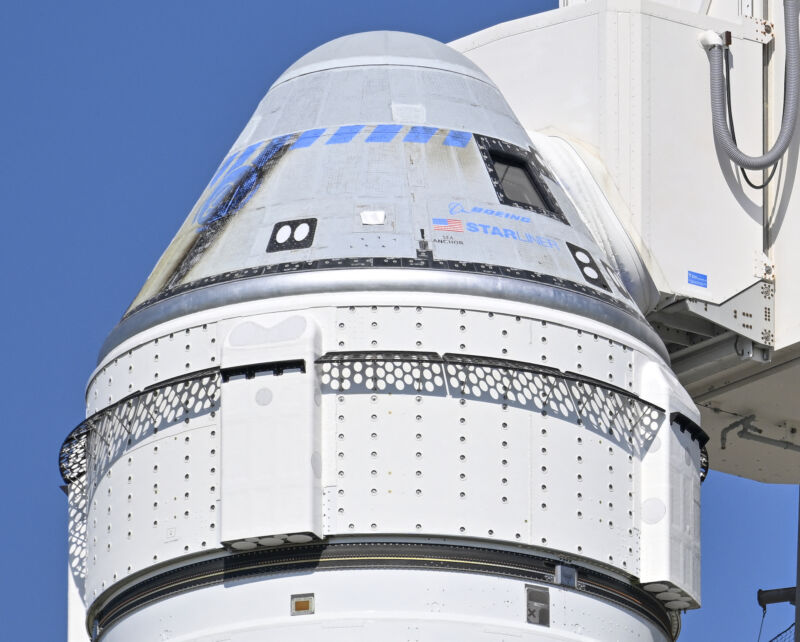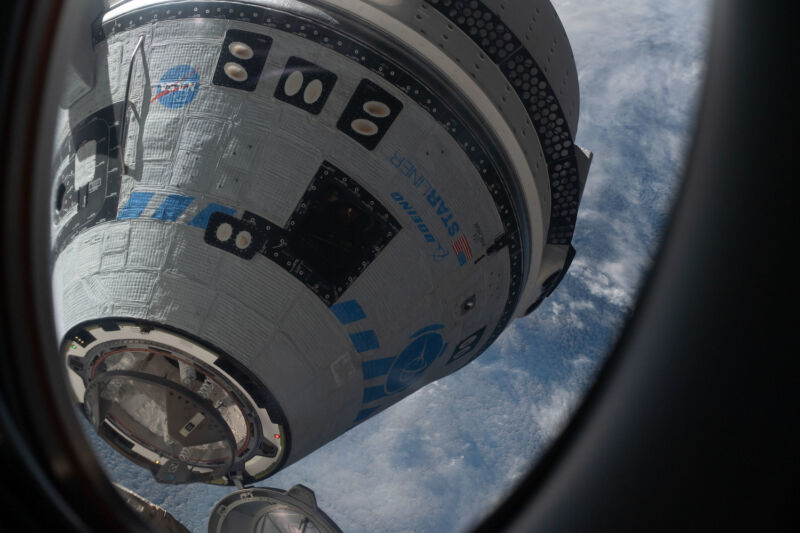Teaching a drone to fly without a vertical rudder
Most airplanes in the world have vertical tails or rudders to prevent Dutch roll instabilities, a combination of yawing and sideways motions with rolling that looks a bit like the movements of a skater. Unfortunately, a vertical tail adds weight and generates drag, which reduces fuel efficiency in passenger airliners. It also increases the radar signature, which is something you want to keep as low as possible in a military aircraft.
In the B-2 stealth bomber, one of the very few rudderless airplanes, Dutch roll instabilities are dealt with using drag flaps positioned at the tips of its wings, which can split and open to make one wing generate more drag than the other and thus laterally stabilize the machine. “But it is not really an efficient way to solve this problem,” says David Lentink, an aerospace engineer and a biologist at the University of Groningen, Netherlands. “The efficient way is solving it by generating lift instead of drag. This is something birds do.”
Lentink led the study aimed at better understanding birds’ rudderless flight mechanics.
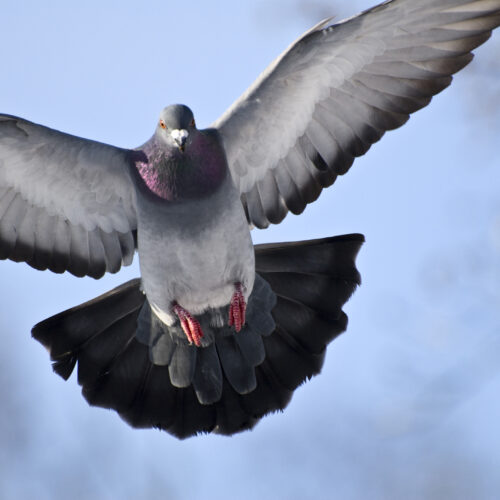
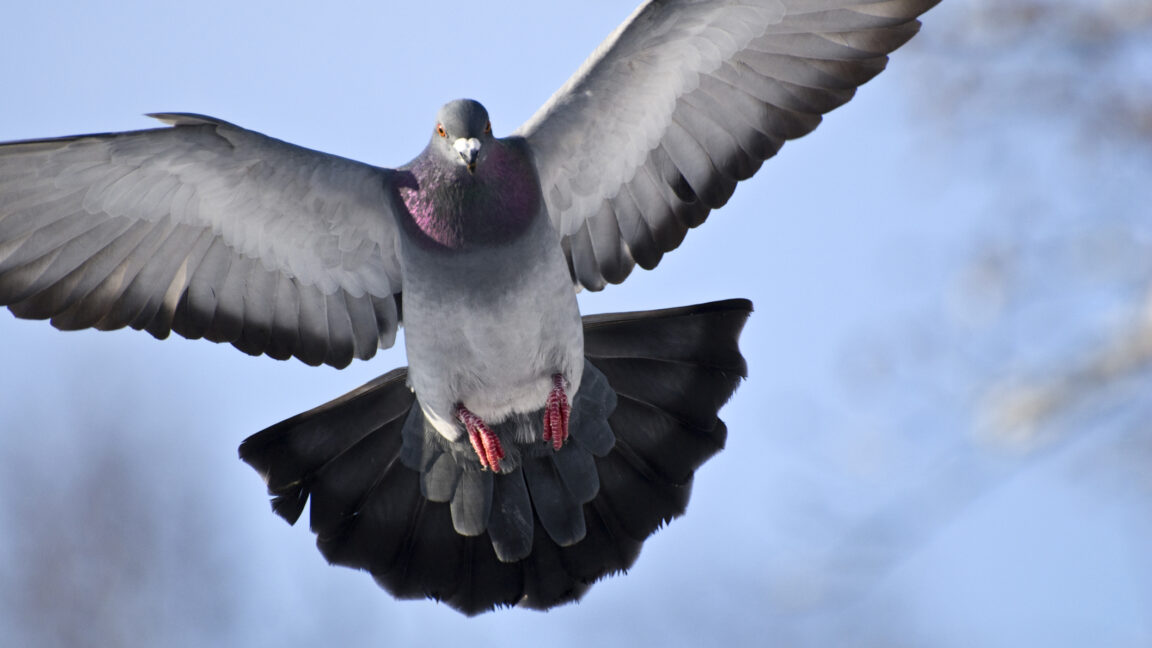
© HamidEbrahimi
